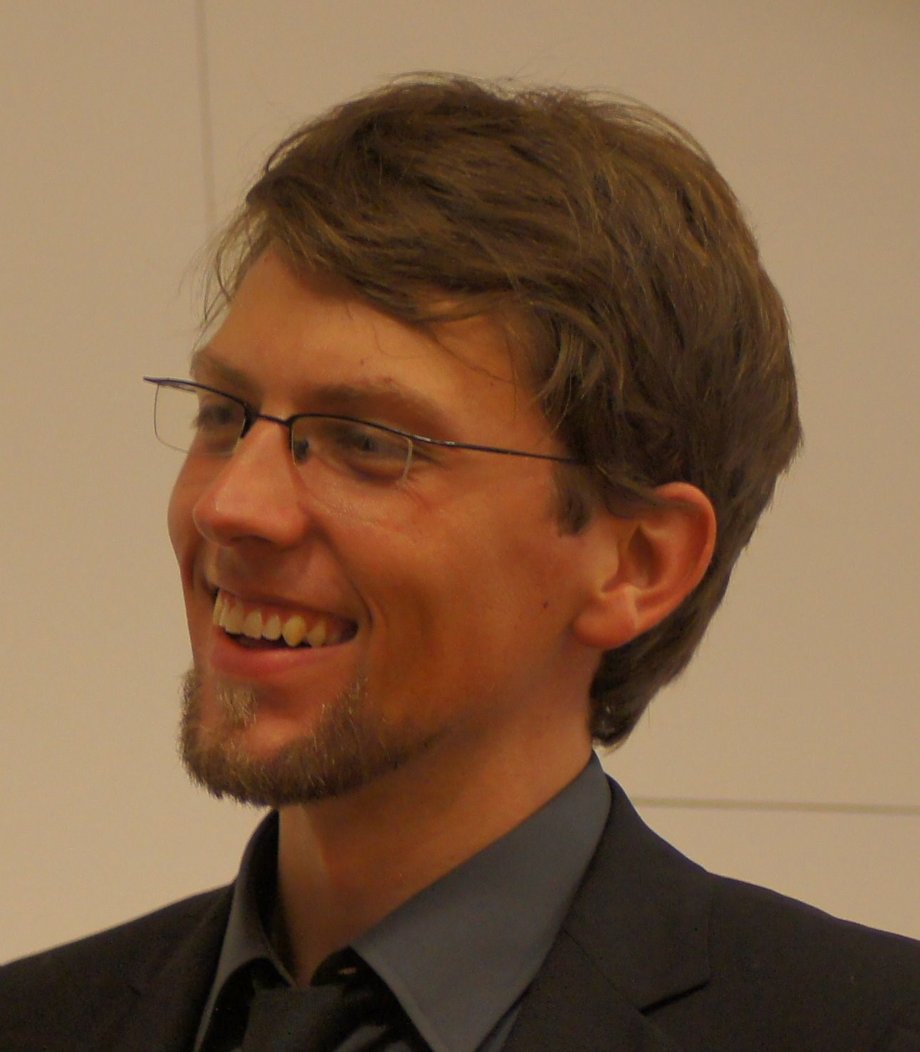Wendelstein 7-X: The world’s largest stellarator meets the world’s largest microwave heating system Torsten Stange, Max-Planck-Institute for Plasma Physics, Greifswald, Germany
On the path to fusion energy, the stellarator concept promises intrinsic steady-state confinement of the high-temperature fusion plasma. The world's most advanced stellarator experiment Wendelstein 7-X went into operation at the end of 2015 followed by two subsequent operation phases. After the integral commissioning of the very complex device, which consists of 70 superconducting coils, these first experiments served a first assessment of the magnetic field optimization, which is the basis of the Wendelstein 7-X design. The standard heating method at W7-X is electron cyclotron resonance heating (ECRH), which is a comparatively young heating method. The ECRH facility on W7-X currently consists of ten 140 GHz gyrotrons with a power of up to 1 MW each. The gyrotrons emit a 5 cm diameter Gaussian beam through a diamond window into free space. The subsequent quasi-optical transmission line with a length of over 40 m is the first of its kind and allows steady-state operation of the gyrotrons, which were developed and tested for 30 minutes operation. The coupling to the plasma also occurs quasi-optically through a diamond window, achieving a very localized absorption in the plasma center by irradiation along a magnetic field gradient. Despite using only uncooled components in the plasma vessel during the first operation phases of Wendelstein 7-X, plasma states could already be achieved which are necessary for demonstrating the effectiveness of the optimized magnetic field configurations. Plasmas with electron and ion temperatures up to almost 4 keV were achieved as well as high-density plasmas beyond 1020 m-3, obtaining record fusion triple product values for stellarators at relevant fusion parameters. The presentation will give a technical overview of Wendelstein 7-X with a closer look at the ECRH facility. First experimental results will be presented, explaining their relevance for achieving stationary high-performance plasmas.

Torsten Stange received his diploma from the Greifswald University in 2008 and his PhD degree from the Technical University of Berlin in 2013. After his Ph.D., dealing with electron Bernstein wave heating and emission, he joined the ECRH group of Wendelstein 7-X at the Max-Planck-Institute for plasma physics in Greifswald. He is responsible for the commissioning and safe operation of the quasi-optical transmission line of the 10 MW ECRH system, including the application of various heating scenarios. His research activities and interests include the application of advanced microwave heating scenarios like multipath second harmonic ordinary mode heating as well as electron Bernstein wave heating. Furthermore, he deals with field pattern analysis and synthesis of high power gyrotrons. Since 2016, the research field has been extended to reliability studies of ECRH systems in the framework of a EUROfusion Engineering Grant.
